A compelling story from Trinidad and Tobago
The narrative is meticulously researched and infused with historical data that supplements the development of the personal story
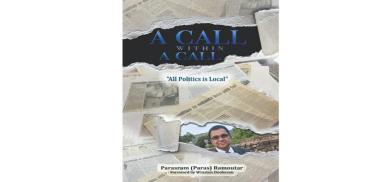
Stories underscore the common humanity of our existence and are of powerful significance in the field of life writing, where autobiography, memoir, diaries, letters, testimonials, essays and post-20th century emails and blogs underscore the resonance of the individual perspective. For this reason, telling a story offers expurgation – an opportunity to simultaneously relive the past and/or release it, to measure personal growth, and gift a new generation with a foundation on which to build their future.
What makes a story compelling? Undoubtedly, a compelling story consists of complex characters, dramatic conflict, an intriguing setting and unexpected twists and turns in the plot. Against this criteria, “A Call Within A Call: All Politics is Local” by Parasram “Paras” Ramoutar, delivers, beginning with the epanaleptic reference in the title – A Call within a Call.
In the Caribbean, because of a history of exploitation, murder and trauma, certain stories have been difficult to tell and just as perversely difficult to suppress. A Call positions itself within this frame. This is the story of an individual, of an individual within a community, a community within a country, and a country within a world that stand in significance despite the many forces against it.
A powerful narrative
The power of the individual story is a critical aspect of the development of citizenship and nationhood, and A Call presents a protagonist keenly aware of his role in the development of this consciousness. The narrative is not organized in a chronological manner. Instead, there are four main parts organized around a specific focus, such as Place – Caparo incorporating the protagonist’s personal history; Career – the protagonist’s work and development as a journalist and communications expert and his travels; Impact – moving analeptically and proleptically in time, recounting some of the defining influences on the protagonist’s development and, finally, through Perspective – various experiences of the ties that have the potential to hold a community and a country together, gained from international travel, awards and activism.
The importance of action is not only evident in example after example within the text but is also underlined by the way in which action is worked into the very structure of the narrative. Within each section, there are defining memories capped by a conclusion that summarizes in bullet form the key insights that readers can incorporate into their own lives. The account therefore becomes a motivational synthesis of the public and the private, a narrative of home and a commentary on the social and political life of Trinidad and Tobago.
Does place shape a person or can a person shape a place? The village of Caparo is at the heart of this narrative. Thus, the narrative begins with community, with the tragic tale of a villager nicknamed “Government” who drowns in flood waters because according to his wife, “…even he couldn’t cause the real government to do something about the flooding in the village” (2). It is this agricultural place (approximately 18 and a half miles from the capital city of Port-of-Spain) that not only gives birth to the protagonist but also births within him the desire to live a life of service: “I felt that Caparo could become a model of communal support, showing that a community could carve their own future, with or without Government intervention…” (12).
Activism
It is here that the protagonist learns political activism. With his siblings, he organizes “national elections”. From the radio, he listens to parliamentary debates in the official parliament. These experiences form the bedrock of his career choices later in life and are reflected in the accolades received as a journalist, a communications consultant, a recipient of the Humming Bird National Award (2002) as well as the Rotary’s Paul Harris International Fellow Award (2016).
The narrative points to an imperative need for activism in rural communities, recording for posterity the attempts of the Caparo people to agitate for basic necessities such as electricity, transportation, mail delivery and potable water alongside relief from flooding.
Ramoutar recounts the loss of life, the loss of manpower in closed schools, damaged roads and crops – especially devastating in an agricultural community – amidst numerous attempts to address this issue with few results except for promises from successive political regimes. All politics is indeed local when citizens have to agitate for themselves by themselves to have basic needs met in a satisfactory manner.
How do we love our own? Perhaps one of the most significant purposes of the narrative is the attention it calls not only to forgotten communities but also to forgotten artifacts within the country of Trinidad and Tobago. The narrative is meticulously researched and infused with historical data that supplements the development of the personal story.
Opportunities lost
In these pages is the record of the Caparo Train station constructed in the 1890s. Its tale of prominence and then neglect is told alongside that of the history of the central train line or “Manicou Train” that connected North, South and Central Trinidad. This is indeed a national failing as it highlights opportunities lost to simultaneously preserve the past and provide economic benefit through tourism opportunities in the present.
Requests to both government and private agencies to restore, preserve and add to the Heritage Asset Register have to date borne no fruit. Aside from the historical references to artifacts is also the history of political systems. The protagonist’s foray into political office in 1996 is told alongside the national change from the Colonial Country Council system in favour of a Municipal Government System which still obtains today. In 2003 when he returns to formal politics, it is at the same time that a new seat is created in the central region and parallels the closure of the Caroni (1973) Limited, an iconic reminder of the nation’s sugar-producing past.
In what ways are we the sum of our experiences? The protagonist’s belief in the power of culture to promote “national cohesion” is reflected in the attention paid to the development of the observance of religious festivals such as Divali and Eid ul Fitr. The excitement and importance on a community level of these observances is traced from the practices of the Caparo community to full-blown national development in 1966 with the official acknowledgment of Divali and Eid ul Fitr as public holidays and then to the official launch in 1986 of the Divali Nagar site as “the largest Divali celebration in one space outside of India” (177)
Great work
The significance of an autobiographical account goes way beyond the recollection of an individual life. Immense value lies in the historical detail uncovered here in the stories of the “little people” told, in the unique insight provided on activism from the “inside out”, and in the candor of the voice – the recognition that willingness to help does not mean the ability to help all.
Sometimes there is a failure despite the passion for activism. The narrative is thus a significant contribution to the legacy of one generation to another in the lives touched, the scenes witnessed and the wisdom learned. The protagonist sums up his reflection in the following words: “…having an alliance of people with diverse experiences, perspectives and talents coming together yet maintain their distinctive characters could only buttress the foundation of our society” (273).
A Call Within A Call thus challenges each of its readers to reflect on their own spaces and places and find ways to make a lasting impact.
Title: A Call Within A Call: All Politics is Local; Author: Parasram (Paras) Ramoutar; Winston Dookeran (Foreword); Publishers: Independently published, 2021; Pages: 311
(The author is Lecturer and Coordinator of the Academic Literacies Programme in the Department of Modern Languages and Linguistics at the University of the West Indies, St. Augustine, Trinidad)
so I am going to convey her.
casino en ligne fiable
What i do not realize is actually how you are not actually much more
smartly-preferred than you may be right now.
You're very intelligent. You know thus considerably
relating to this subject, produced me personally consider it from so many varied angles.
Its like men and women don't seem to be interested except it is something to do with Girl gaga!
Your own stuffs outstanding. Always maintain it up!
casino en ligne France
You're so awesome! I don't think I've truly read
anything like that before. So nice to discover somebody with some unique thoughts on this subject.
Really.. many thanks for starting this up. This site is one thing that's needed
on the internet, someone with a bit of originality!
casino en ligne France
Hi there to all, how is the whole thing, I think every one is getting more from
this web site, and your views are fastidious for new
people.
casino en ligne fiable
It's appropriate time to make some plans for the future and it's time to
be happy. I have read this post and if I could I want to suggest
you some interesting things or advice. Maybe you could write next articles referring to this
article. I desire to read more things about it!
casino en ligne
You actually make it seem so easy with your presentation but I find this topic to be really something that I think I would never understand.
It seems too complex and extremely broad for me.
I'm looking forward for your next post, I'll try to get the hang of it!
casino en ligne
Thanks for some other magnificent post. Where else could anyone get that type of info
in such a perfect means of writing? I have a presentation next week, and I'm at the look for such info.
meilleur casino en ligne
Its like you read my mind! You appear to know so much about this,
like you wrote the book in it or something. I think that you can do
with a few pics to drive the message home a bit, but
other than that, this is wonderful blog. A fantastic read.
I'll definitely be back.
casino en ligne francais
Excellent, what a web site it is! This website provides valuable facts to
us, keep it up.
casino en ligne fiable
Write more, thats all I have to say. Literally, it seems as though you relied on the video to make your point.
You definitely know what youre talking about, why throw away your intelligence on just posting
videos to your site when you could be giving
us something enlightening to read?
casino en ligne





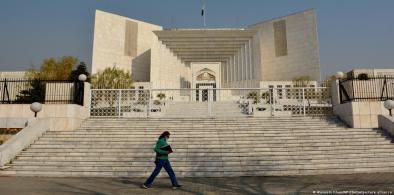

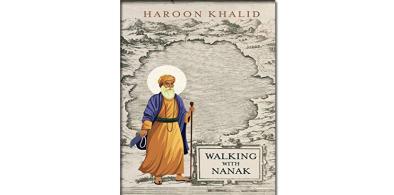

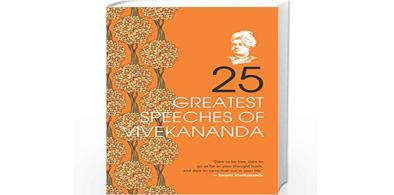

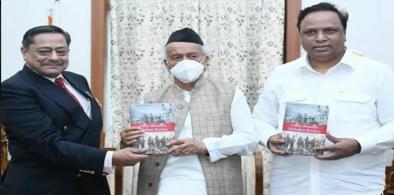
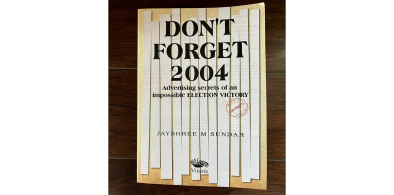
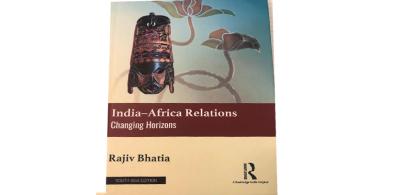






Post a Comment